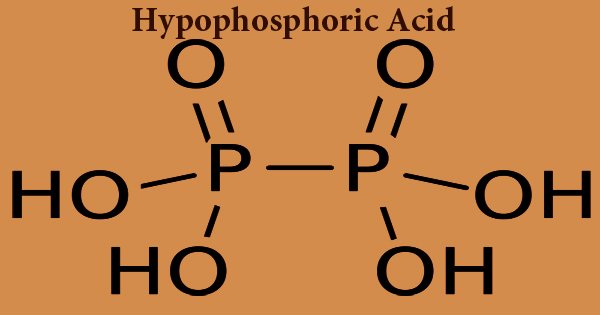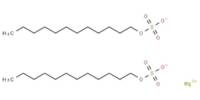Bowieite is a rhodium-iridium-platinum sulfide mineral (Rh, Ir, Pt)2S3, found in platinum-alloy nuggets from Goodnews Bay, Alaska. It is a rhodium-iridium-platinum sulfide mineral. After gold, Bowieite is one of the most expensive metals. Most of this expense is driven by the fact that it’s one of the rarest elements found on Earth, only an estimated 0.0002 parts per million (2 × 10-10) of the crust are made of this. But its use in catalytic converters has brought about a bigger demand in recent years, hence the price has rocketed.
It was named (by the IMA in 1984) after the British scientist Stanley Bowie (1917–2008), in recognition of his work on the identification of opaque minerals.
Bowieite is a new mineral species, is found in three nuggets of platinum from Goodnews Bay, Alaska. It is one of the most expensive metals.
Properties
In linearly polarized reflected light, and compared to the host, higher reflecting white platinum-iridium alloy, bowieite is pale gray to pale gray-brown; neither bireflectance nor reflectance pleochroism is apparent. With polars crossed, its anisotropic rotation tints vary from gray to dark brown.
- Luster: Metallic
- Transparency: Opaque
- Hardness: 7 on the Mohs scale
- Tenacity: Brittle
- Density: 6.93(3) g/cm3 (Calculated)
- Color: Gray, Pale gray, Pale brownish gray.
- Diaphaneity: Opaque

The crystal structure of pure Bowieite is face-centered cubic, like gold, and it is not found in many minerals (as it’s both rare and quite unreactive). However, there is this very rare mineral Bowieite – which is a rhodium sulfide (though the rhodium in the natural environment is sometimes substituted for platinum and iridium).
Occurrences
Bowieite is a new mineral species, is found in three nuggets of platinum from Goodnews Bay, Alaska. In platinum alloy nuggets recovered from dredging operations (Salmon River, Alaska, USA); in platinum-bearing ultramafic rocks intruded into a granite gneiss-“hornblende” gneiss complex (Gaositai, China).
Association: Platinum-iridium, platinum, osmium, laurite, silicate inclusions (Salmon River, Alaska, USA).
















